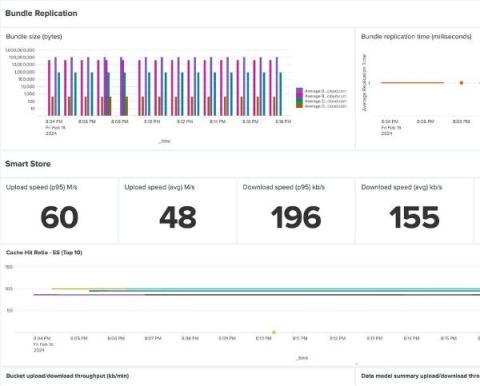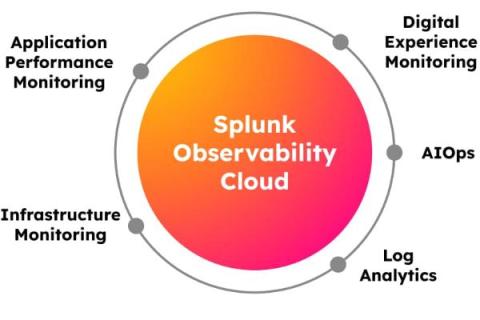Availability Zones: The Complete Guide for 2024
During the early periods of cloud computing, most organizations used single-location data centers. These single-location data centers often faced higher risks of downtime and service disruption due to localized disasters or hardware failures. As a solution to these problems, cloud services like AWS introduced the concept of availability zones. This introduction was an important milestone in the evolution of cloud computing, as it facilitated high availability through geographic distribution.






